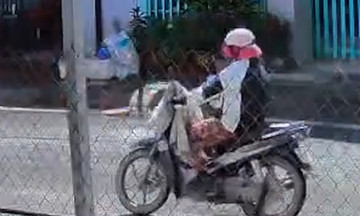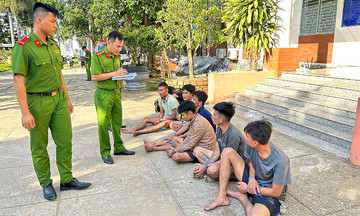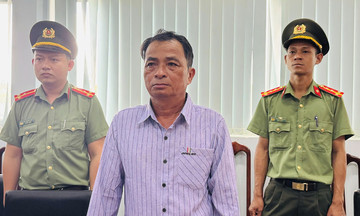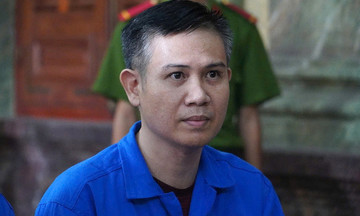On 27/8, Nguyen Thuy Yen Phuong, Party Secretary of Cai Ngang Commune, said that 26-year-old Phong was reprimanded and educated by local police. He was ordered to remove the video containing misinformation about the Cai Ngang Historical Site from social media and his devices.
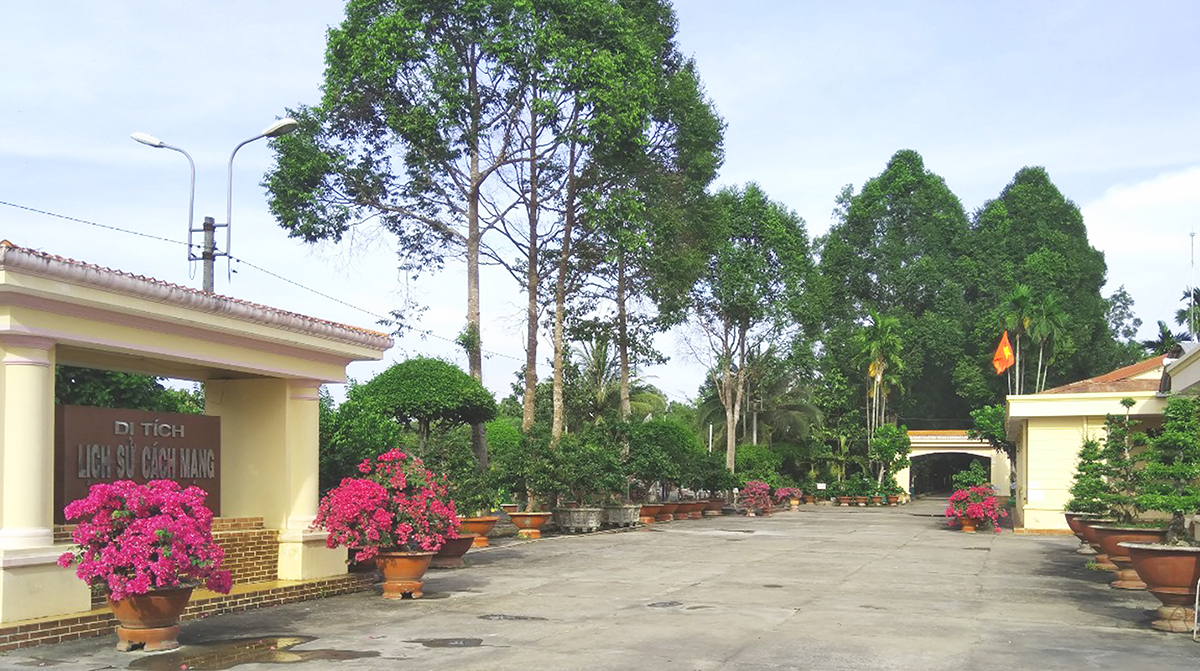 |
A corner of the Cai Ngang Revolutionary Historical Site. Photo: Vinh Long Museum |
A corner of the Cai Ngang Revolutionary Historical Site. Photo: Vinh Long Museum
According to authorities, on 24/8, Phong and another young man entered the Cai Ngang Historical Site through a side gate. Phong filmed a video with the other man's assistance, then edited it and posted it on TikTok. The video contained several inaccuracies and misinterpretations about the site.
Specifically, Phong stated, "The area here is about 10,000 hectares. Inside the tunnels, I don't know if it's due to rain or some other reason, but there are many human faces. I don't understand why this place is abandoned...".
When questioned by the police, Phong claimed his intention was to promote the historical site. He admitted the video's information was inaccurate and caused negative public opinion.
According to the Cai Ngang Commune Party Secretary, the site has a management board and staff who regularly maintain the site, guide visitors, and provide information, contrary to Phong’s claims.
In 1966, the Vinh Long Provincial Party Committee chose Cai Ngang in Hamlet 4, My Loc Commune, Tam Binh District (now Hamlet 4, Cai Ngang Commune) as its base. The complex included a meeting hall, offices, a dining hall, a communications center, a medical facility, guard posts, and a network of tunnels and bunkers.
From 1966 to 1975, the Vinh Long Provincial Party Committee, based at Cai Ngang, led the province's army and people to many victories, including the 1968 Tet Offensive and the historic Ho Chi Minh Campaign, which culminated on 30/4/1975, contributing to the liberation of South Vietnam and the reunification of the country.
In 2002, Vinh Long Province restored the Cai Ngang revolutionary base on an area of over 10 hectares. In 2016, the Ministry of Culture, Sports, and Tourism designated it as a National Historical and Cultural Site. It attracts many domestic and international visitors.
An Binh






